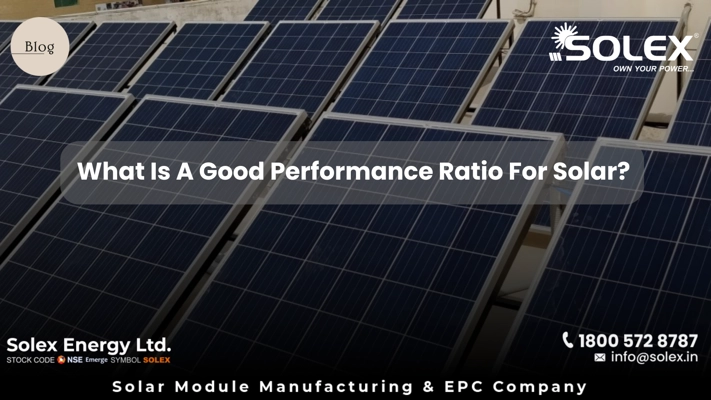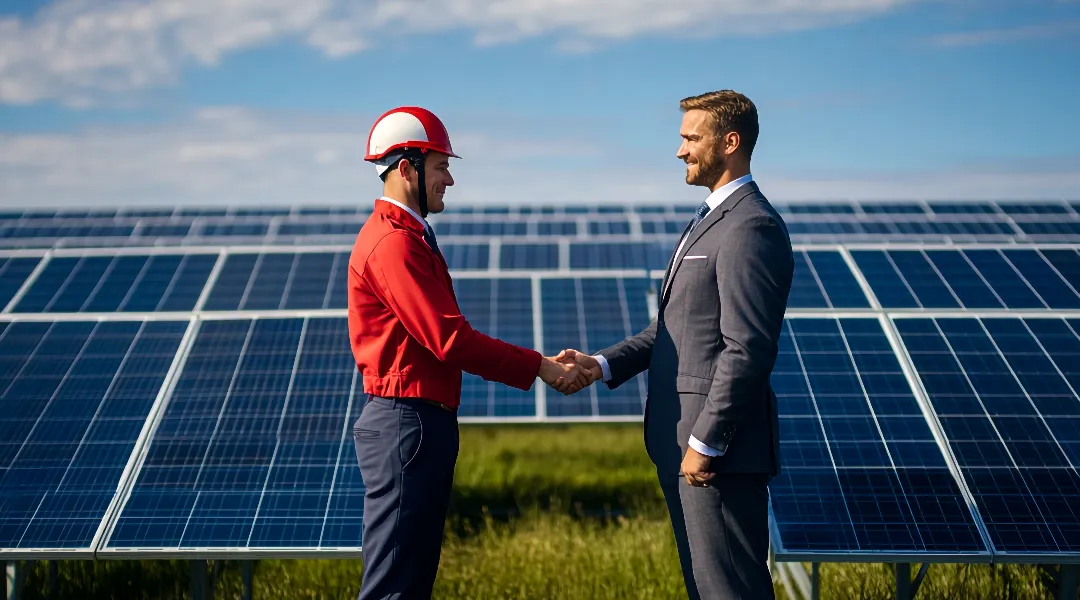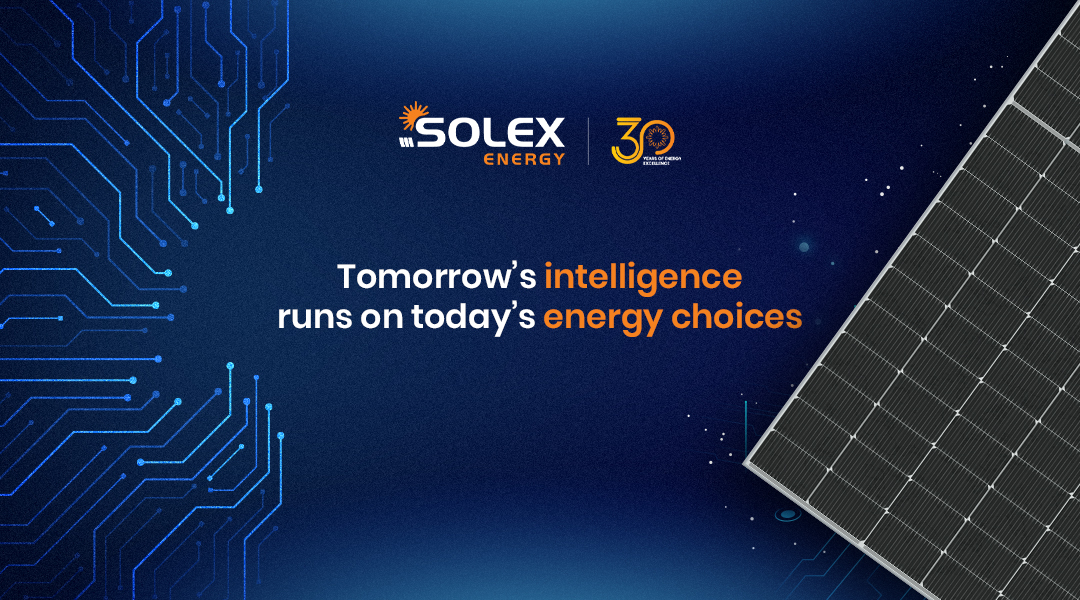In the realm of solar energy, assessing the performance of a photovoltaic (PV) system is crucial for determining its efficiency and effectiveness in generating electricity. One key metric used to evaluate the performance of solar installations is the performance ratio (PR). But what exactly is a good performance ratio for solar, and how is it calculated? In this article, we will explore the concept of performance ratio, its significance in the solar industry, the factors affecting it, and what constitutes a good PR for solar installations.
Understanding Performance Ratio
A solar PV system’s performance ratio (PR) measures its efficiency in converting sunlight into electricity. It represents the ratio of the actual energy output of the system to its theoretical energy output under ideal conditions. In other words, it quantifies how effectively the system performs relative to its maximum potential.
The formula for calculating the performance ratio is as follows:
Performance Ratio (PR)=Actual Energy OutputTheoretical Energy OutputPerformance Ratio (PR)=Theoretical Energy OutputActual Energy Output
Factors Affecting Performance Ratio
Several factors can influence the performance ratio of a solar PV system, including:
- Solar Irradiance: The amount of sunlight the solar panels receive directly impacts their energy output. Higher solar irradiance levels generally result in higher energy production.
- Temperature: Solar panels are less efficient at converting sunlight into electricity at higher temperatures. Thus, operating temperatures above optimal can lower the system’s performance.
- Shading: Shading from nearby objects such as trees, buildings, or obstructions can significantly reduce the energy output of solar panels, affecting the performance ratio.
- Soiling: Accumulating dust, dirt, or debris on the surface of solar panels can reduce their efficiency and lower the system’s overall energy output.
- System Design and Components: The design, quality, and condition of the solar panels, inverters, and other components can impact the overall performance of the system.
What Is Considered a Good Performance Ratio?
A good performance ratio for a solar PV system typically falls within 75% to 85%. This means the system operates at 75% to 85% of its maximum potential under real-world conditions. However, it’s important to note that performance ratios can vary depending on various factors, including location, weather conditions, system design, and maintenance practices.
Benefits of Achieving a Good Performance Ratio
Achieving a good performance ratio is essential for maximizing a solar PV system’s return on investment (ROI). A higher PR indicates that the system is operating efficiently and generating more electricity, leading to more significant energy savings and financial benefits for the system owner.
Additionally, a good performance ratio can enhance the reputation and credibility of solar installers and manufacturers by demonstrating the quality and reliability of their products and services.
Conclusion
In conclusion, the performance ratio is a critical metric for evaluating the efficiency and effectiveness of solar PV systems. While a good performance ratio typically falls within the range of 75% to 85%, achieving optimal performance requires careful consideration of various factors, including solar irradiance, temperature, shading, soiling, and system design. Solar system owners can maximize energy production, enhance financial returns, and contribute to a more sustainable future powered by renewable energy by striving to achieve and maintain a good performance ratio.






